What is B2B Digital Marketing? Strategies, Trends, and Best Practices
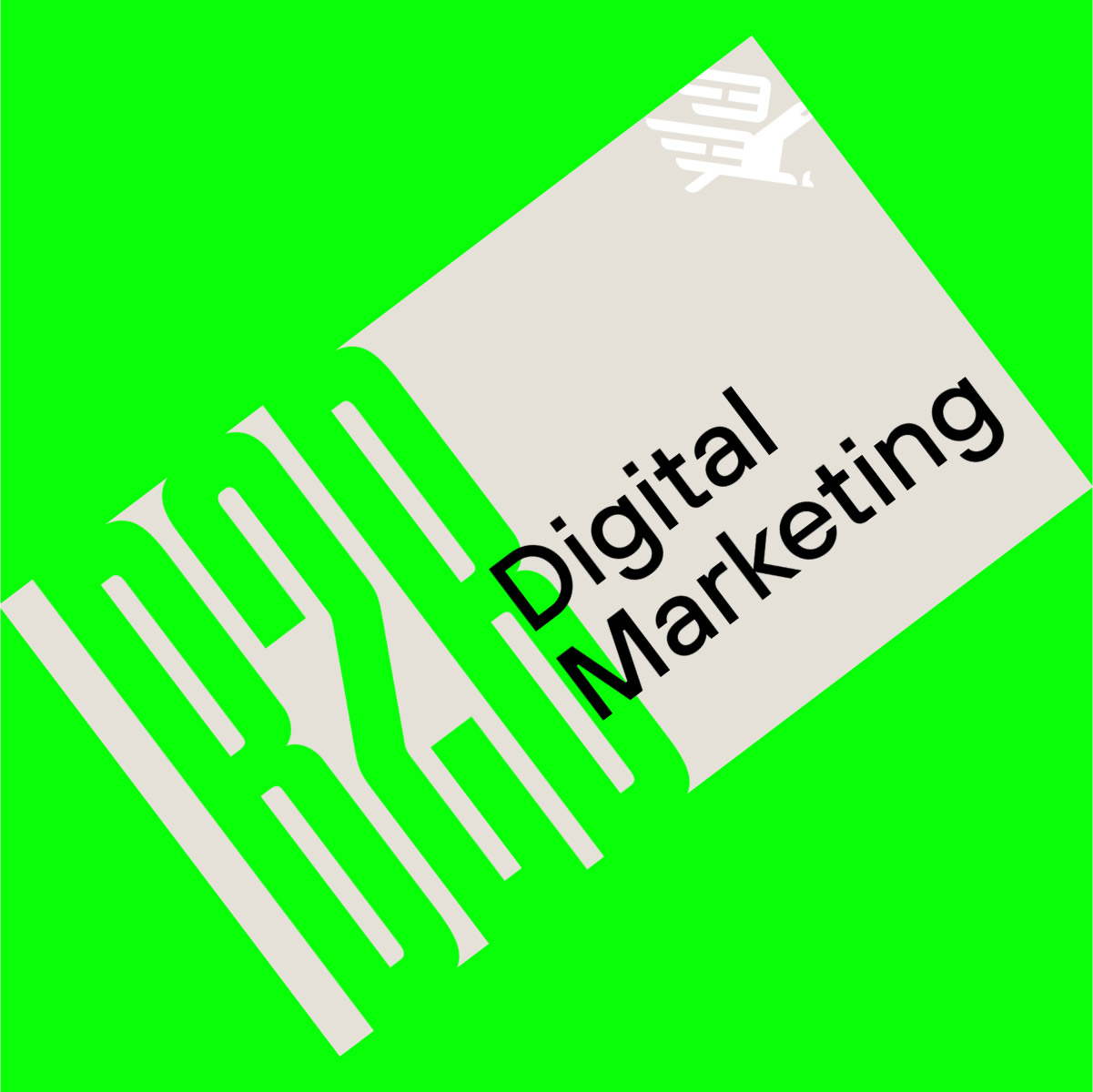
What is B2B Digital Marketing? Strategies, Trends, and Best Practices
Index

So, What Is B2B Digital Marketing?
If you’ve landed on this page needing to start at the absolute beginning, then let’s answer that question for you. Quite simply, B2B (business-to-business) digital marketing is the promotion of a business’ products and services to other businesses and organisations via online channels and digital technologies. The goal is to increase brand awareness and improve brand positioning.
That’s the simple definition. But in this article, we’ll explore those channels and technologies in detail, so you can leverage the power of B2B digital marketing for your business. Let’s get stuck in…
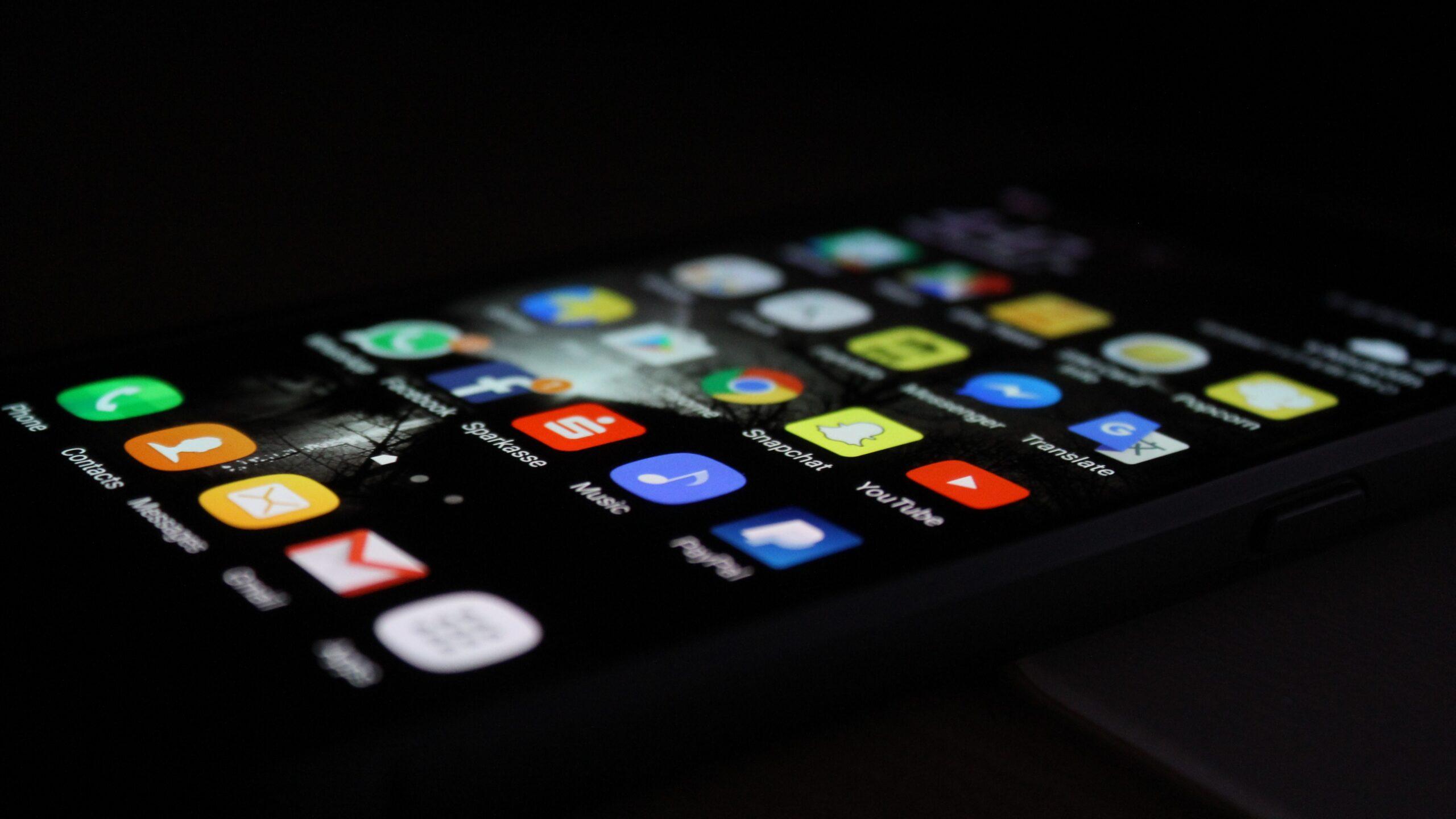
Understanding the B2B Digital Marketing Landscape
The B2B digital marketing landscape is a complex and dynamic beast, but a great starting point is to know your target audience.Unlike B2C marketing, which focuses on reaching individual consumers, B2B marketing is all about grabbing the attention of businesses and decision-makers.In the B2B space, the buying process is often longer and more involved than B2C, with multiple stakeholders and a higher value of transactions.
This means that B2B digital marketing strategies need to be tailored to address the unique requirements and pain points of businesses.This involves conducting thorough market research to gain insights into their demographics, preferences, and challenges. By knowing who your prospective customers are, you can create targeted content and campaigns that resonate with them and drive engagement.While we’re focusing on B2B digital marketing, we recognise the importance of conducting a multi-channel approach.
Traditional channels like trade shows and sponsorships still play a significant role in business-to-business marketing strategies. It’s by leveraging the right mix of channels that B2B businesses can reach their key audience at different stages of the buyer journey and build strong relationships.

Key Differences Between B2B and B2C Marketing
Expanding on the section above, while B2B and B2C marketing share some similarities, there are key differences that marketers must understand to effectively engage with their target audience.One of the main distinctions is the complexity of the buying process. In B2B marketing, multiple decision-makers are usually involved – each with their own set of priorities and concerns. This means that B2B marketers must create content that addresses the needs of different stakeholders and provides them with the information they require to make informed decisions.
Another critical difference is the value of transactions. B2B purchases often involve higher stakes and longer-term commitments, making the decision-making process more involved.It also means it’s imperative to build trust and showcase the value of your products or services to justify the investment.Additionally, B2B marketing often requires a more personalised and targeted approach, as B2B buyers are looking for solutions that meet their specific needs and challenges. By understanding buyer pain points and tailoring your messaging to address them, you can position your brand as a trusted partner and increase your chances of conversion.

B2B Digital Marketing Strategies and Tactics
1. Content Marketing
With a better understanding of the B2B digital marketing landscape and the key differences between B2B and B2C marketing, it’s time to explore effective strategies and tactics that can drive success. Here are a handful:Content is the backbone of any successful B2B digital marketing strategy, as it is with B2C. By creating valuable, informative, and engaging content, you can establish your brand as a thought leader and build trust with your audience. This can be done through blog posts, whitepapers, case studies, webinars, videos, and more.
2. Account-Based Marketing (ABM)
ABM is a highly targeted approach that focuses on individual accounts or companies rather than a broad audience. By identifying key accounts and creating personalised marketing campaigns for each one, you can heighten your chances of conversion and drive higher ROI. ABM requires close collaboration between marketing and sales teams to align efforts and effectively engage with target accounts.
3. Social Media Marketing
Social media platforms provide a unique opportunity to engage with your target audience, build brand awareness, and divert traffic to your website.Identify the social media channels that are most relevant to your audience – i.e. LinkedIn over TikTok – and create a consistent presence. Share valuable insights, engage with your followers, and leverage social media advertising to reach new prospects.
4. Search Engine Optimisation (SEO)
SEO is crucial for increasing your website’s visibility and attracting organic traffic. Conduct keyword research to identify the terms and phrases that your target market is searching for, and optimise your website and content accordingly. Focus on creating high-quality, informative content that provides genuine value to potential customers.
5. Email Marketing
Despite the rise of other digital marketing channels, email marketing remains one of the most effective ways to engage with your audience and nurture leads. Build a targeted email list and create personalised campaigns that provide value to your subscribers. Segment your list based on demographics, interests, and behaviours to deliver relevant content and increase engagement.
6. Influencer Marketing
B2B influencer marketing involves partnering with industry influencers to promote your brand and increase your reach. Identify influencers who have a strong following in your industry and collaborate with them to create content, host webinars, or participate in events. This can help you tap into their audience and build credibility for your brand.By implementing these strategies and tactics, you can create a comprehensive B2B digital marketing plan that generates results and helps you achieve your business goals.
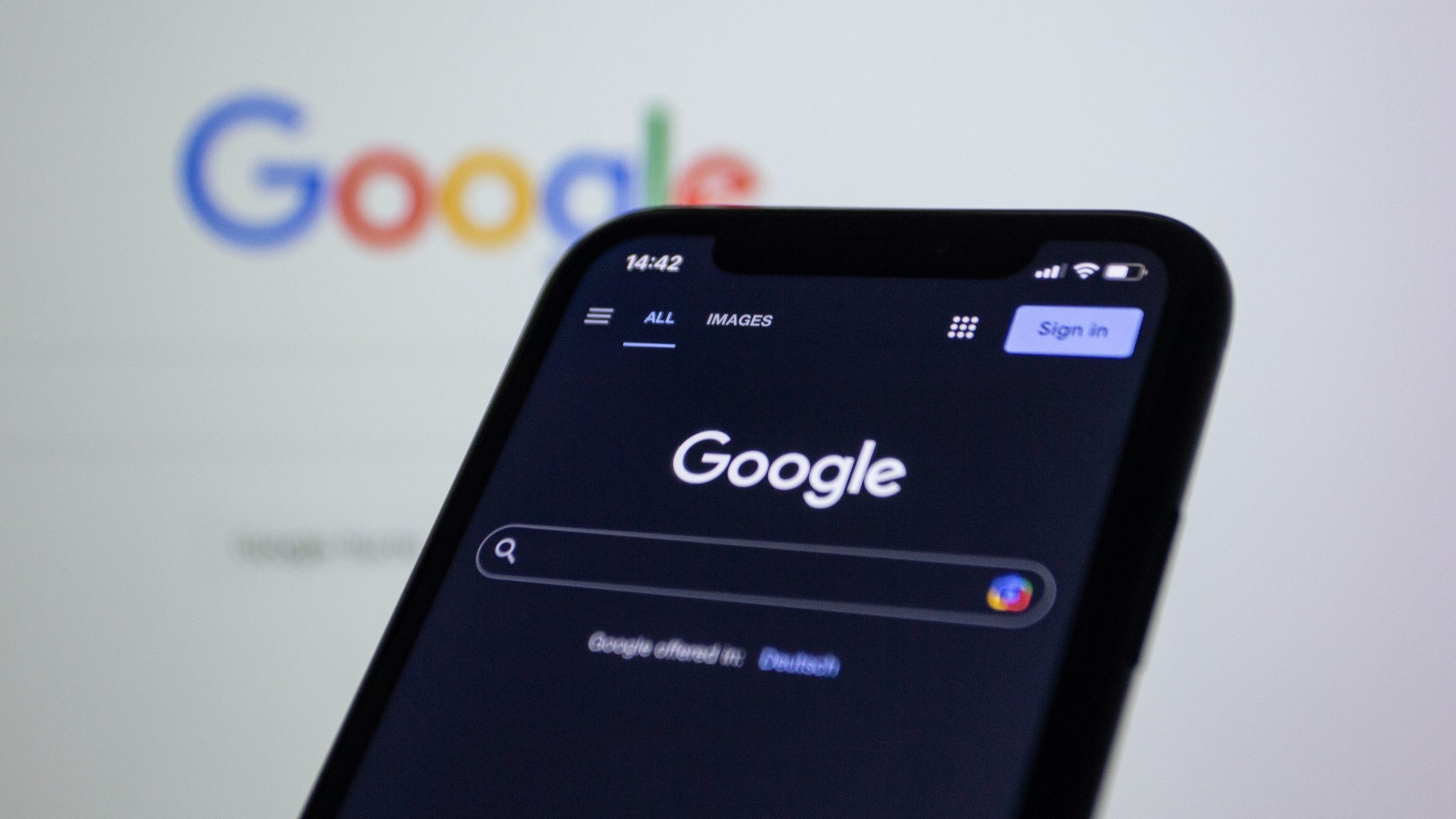
Developing a B2B Digital Marketing Plan
1. Set Clear Objectives
A well-defined B2B digital marketing plan is crucial for success in the modern landscape. It provides a roadmap that aligns your marketing efforts with your business goals and ensures that you are targeting the right audience with the right message at the right time.When developing your B2B digital marketing plan, consider the following steps:Define what you want to achieve with your digital marketing output. Whether it’s generating leads, increasing brand awareness, or driving conversions, clearly define your goals to guide your strategy.
2. Identify Your Target Audience
Conduct thorough market research to understand your target audience’s demographics, pain points, and buying behaviours. This will help you create relevant campaigns that resonate with your ideal customers.
3. Craft Your Value Proposition
Clearly articulate your brand’s unique value proposition and how it solves the challenges of your target audience. This will help you differentiate your brand from the competition and attract quality leads.
4. Choose the Right Digital Channels
Identify the digital marketing channels that are most relevant to your audience and align with your objectives. Whether it’s SEO, social media, content marketing, or email marketing, choose the channels that will help you reach and engage with your audience effectively.
5. Create a Content Strategy
Develop a content strategy that aligns with your objectives and resonates with your target group. Identify the types of content you will create, the topics you will cover, and the marketing channels you will use to distribute your content.
6. Implement and Measure
Once your B2B digital marketing plan is in place, implement your strategies and tactics. Monitor and measure the results regularly to identify what works and what needs improvement. Make data-driven decisions to optimise your campaigns and produce better results.Remember, a B2B digital marketing plan is never concrete. It should evolve and adapt based on market trends, customer feedback, and performance metrics. Regularly review and refine your plan to keep in front of the competition and drive continuous improvement.
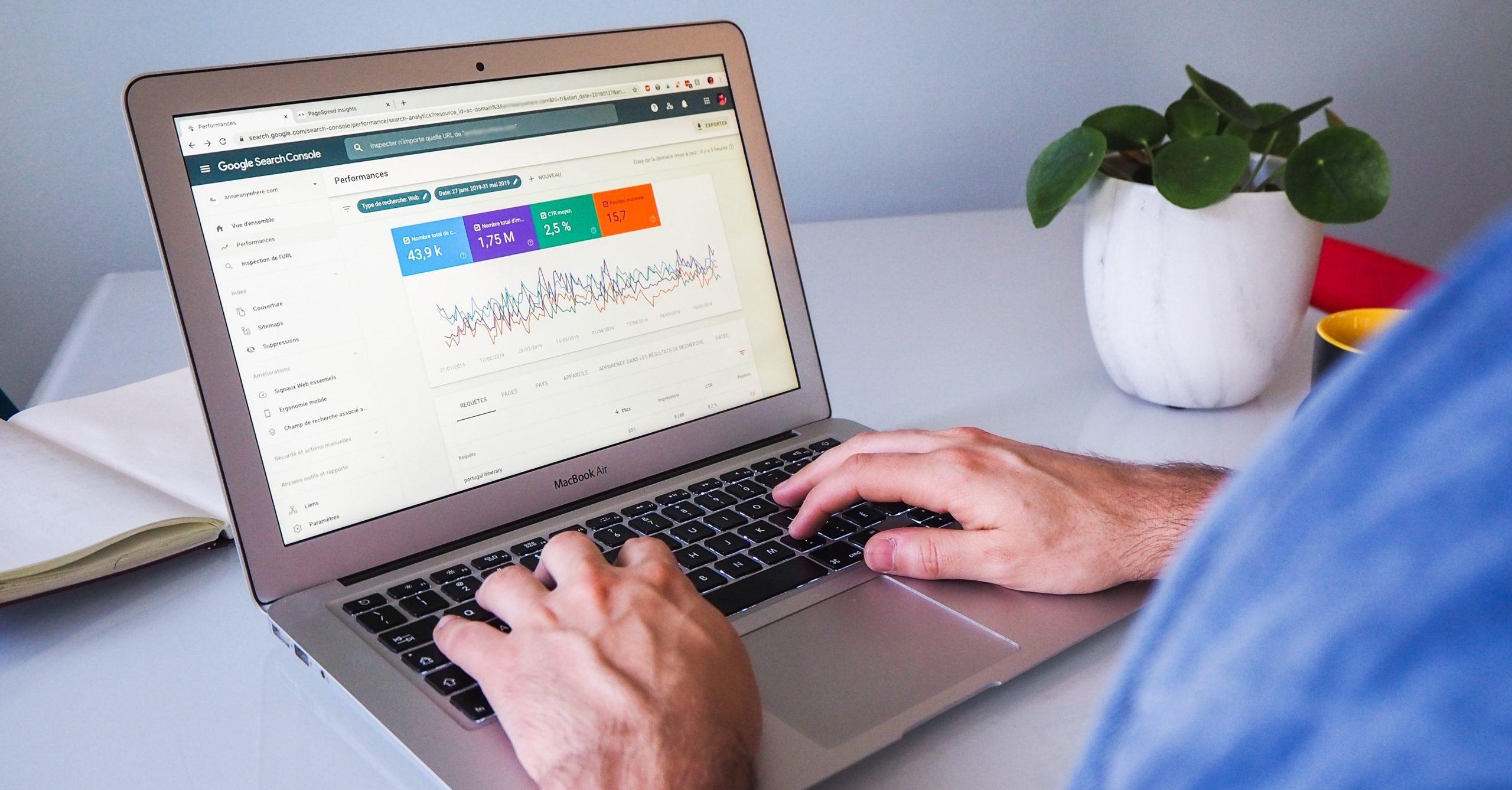
Trends and Innovations in B2B Digital Marketing
1. Personalisation
The world of B2B digital marketing is constantly changing, and staying up-to-date with the latest trends and innovations is crucial for success. Some of the key trends shaping the B2B digital marketing landscape are:B2B buyers expect personalised experiences that address their specific needs and challenges. By leveraging data and marketing automation, you can deliver highly targeted and personalised content that speaks directly to audience members.
2. Video Marketing
Video has become a powerful tool for B2B marketers to engage their audience and communicate complex ideas. Whether it’s product demos, customer testimonials, or thought leadership pieces, incorporating video into your content strategy can increase engagement and conversions.
3. Chatbots and AI
Chatbots and artificial intelligence (AI) have revolutionised customer service and lead generation in the B2B space. By leveraging chatbots, you can provide instant support to your website visitors, qualify leads, and deliver personalised experiences at scale.
4. Voice Search Optimisation
With the rise of voice assistants like Siri and Alexa, optimising your content for voice search has become essential. Focus on long-tail keywords and natural language to improve your chances of appearing in voice search results.
5. Account-Based Marketing (ABM)
As outlined earlier, ABM continues to gain traction in the B2B space, allowing marketers to focus their efforts on high-value accounts and deliver personalised experiences. By leveraging technology and data, ABM enables marketers to zero in on key decision-makers and drive higher conversion rates.
6. Social Media Advertising
This has become an integral part of B2B digital marketing strategies. Platforms like LinkedIn and Facebook offer powerful targeting options that allow you to reach your ideal audience and produce quality leads.By staying up-to-date with these trends and incorporating them into your B2B digital marketing strategies, you can stay ahead of the competition and drive better results for your business.

Best Practices for B2B Digital Marketing
1. Define Clear Goals and Metrics
To maximise the effectiveness of your B2B digital marketing efforts, it’s important to follow best practices that have been proven to deliver results. Here are some to keep in mind:Set clear objectives for your digital marketing campaigns and define the key performance indicators (KPIs) that you will use to measure success. This will help you stay focused and track the effectiveness of your efforts.
2. Create High-Quality, Valuable Content
We’ve already touched on this subject, but it can’t be stressed enough that content is king in B2B digital marketing – as it is elsewhere. Just remember to make sure that your content addresses the needs and challenges of your target audience.
3. Leverage Customer Testimonials and Case Studies
B2B buyers rely heavily on social proof when making purchasing decisions. Incorporate customer testimonials and case studies into your marketing materials to demonstrate the success stories of your customers and build credibility for your brand.
4. Optimise Your Website for Conversions
Your website is your digital shopfront. Ensure that it is optimised for conversions by providing a seamless user experience, clear calls to action, and easy navigation. Test different elements of your website to identify what works best for your audience.
5. Nurture Leads With Personalised Email Campaigns
As mentioned, email marketing is a powerful tool for nurturing leads and driving conversions. Create personalised email campaigns that provide value to your subscribers and guide them through the buyer journey. Use marketing automation to deliver the right message to the right person at the right time.
6. Continuously Monitor and Optimise
B2B digital marketing is an ongoing process. Continuously monitor the performance of your campaigns, test different strategies and tactics, and make data-driven decisions to optimise your efforts and deliver better results.By following these best practices, you can maximise the effectiveness of your B2B digital marketing output and create tangible results for your business.

Measuring Success in B2B Digital Marketing
1. Conversion Rate
As we’ve touched on, measuring the success of your B2B digital marketing efforts is crucial to understanding the impact of your strategies and tactics and making informed decisions. Here are several key metrics to consider:This measures the percentage of website visitors who take a desired action, such as filling out a form, downloading a whitepaper, or making a purchase. A high conversion rate indicates that your campaigns are effectively engaging your audience and driving them towards the desired action.
2. Lead Quality
The quality of your leads is as important as the quantity. Measure the number of qualified leads generated by your campaigns to ensure that you are attracting the right audience. This can be done by tracking lead sources, demographics, and behaviours.
3. Return on Investment (ROI)
ROI measures the profitability of your digital marketing efforts. Calculate the revenue generated from your campaigns and compare it to the cost of your marketing activities to determine the overall ROI. This will help you identify the most effective channels and optimise your budget allocation.
4. Website Traffic and Engagement
Monitor the number of website visitors, page views, and time spent on your website to gauge the effectiveness of your digital marketing executions. A steady increase in website traffic and engagement indicates that your campaigns are resonating with your audience and creating interest in your brand.
5. Social Media Metrics
Track the number of followers, likes, shares, and comments on your social media channels to measure the impact of your social media marketing efforts. Look for trends and patterns to identify what content most appeals to your audience and optimise your social media strategy accordingly.
6. Email Marketing Metrics
Measure the open rates, click-through rates, and conversion rates of your email campaigns to gauge their effectiveness. A high open rate indicates that your subject lines are compelling, while a high click-through rate indicates that your content is engaging and generating interest.By regularly measuring these metrics and analysing the data, you can gain valuable insights into the effectiveness of your B2B digital marketing output and make data-driven decisions to optimise your campaigns and drive better results.
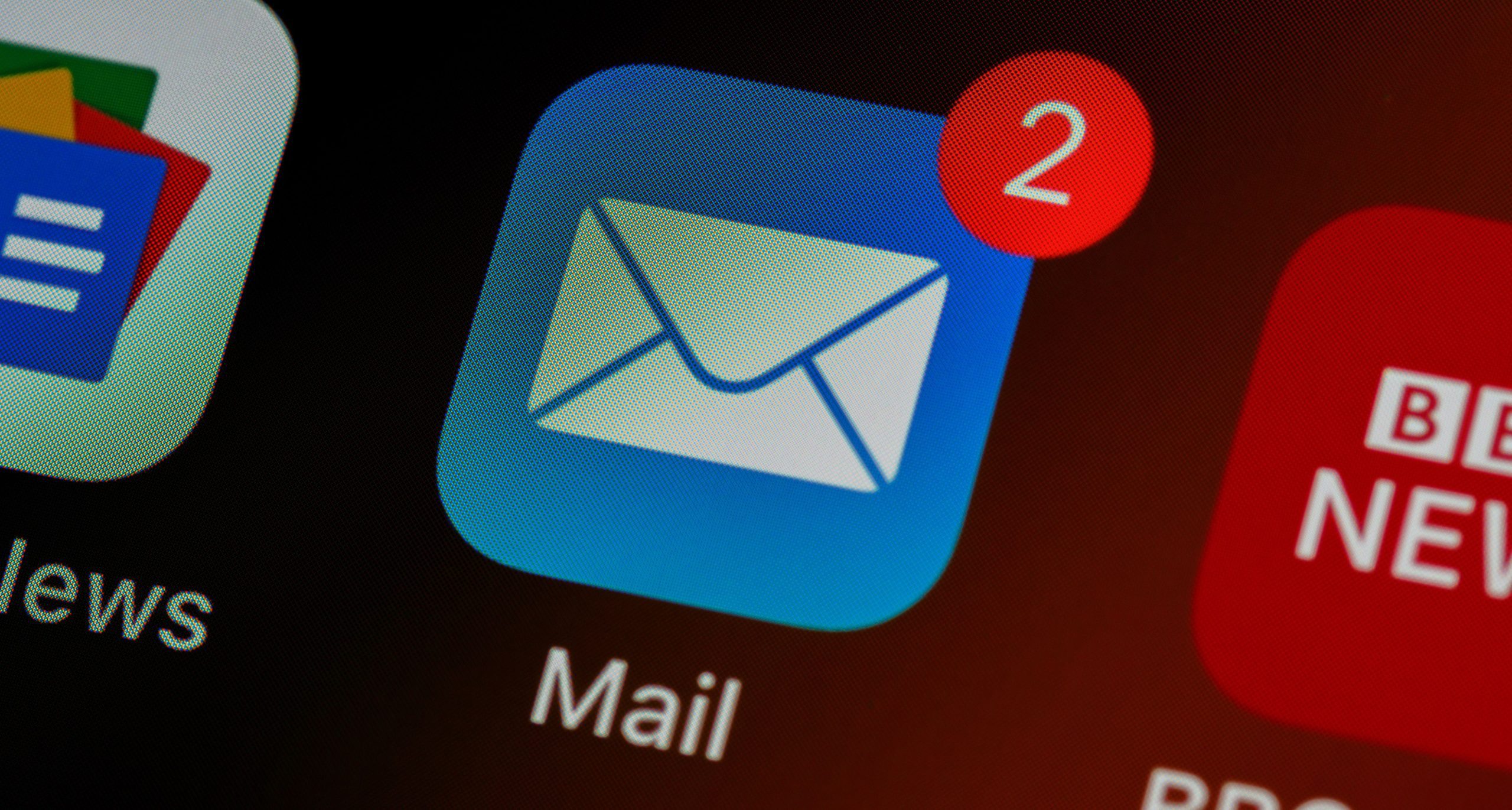
Tools and Resources for B2B Digital Marketing
B2B digital marketing relies on a variety of tools and resources to effectively reach and engage with other businesses. Here’s a list of the many tools and resources that are available for B2B digital marketing:Customer relationship management (CRM) software: Tools like Salesforce, HubSpot CRM, and Zoho CRM help you manage and nurture leads, track customer interactions, and maintain a database of business contacts.Email marketing platforms: Consider platforms like Mailchimp, Constant Contact, or HubSpot email marketing for sending targeted email campaigns.Marketing automation software: Tools like HubSpot, Marketo, and Pardot allow you to automate various marketing tasks, nurture leads, and create personalised customer journeys.
Content management systems (CMS): Platforms like WordPress, Drupal, and Joomla are popular choices for publishing and managing content.Social media management tools: Consider Hootsuite, Buffer, or Sprout Social to help you schedule posts, engage with your audience, and track social media performance.SEO tools: The likes of SEMrush, Moz, and Ahrefs can assist with keyword research, on-page SEO, and competitive analysis.